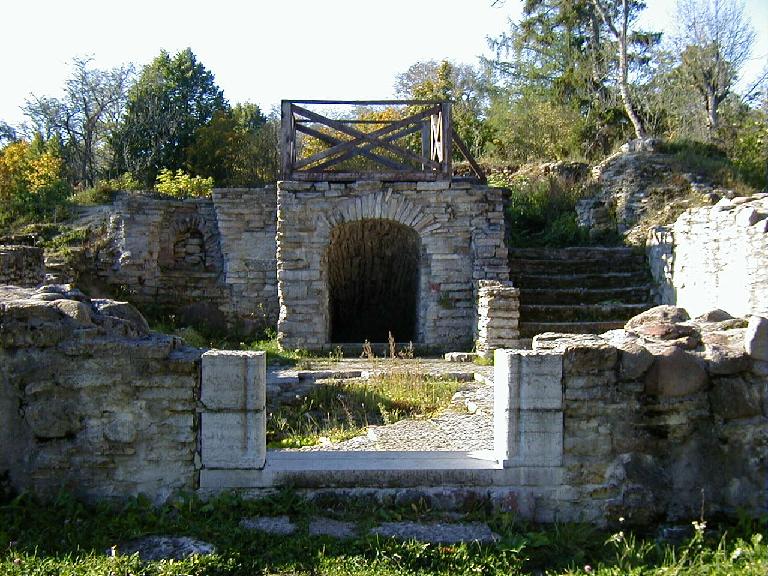
Kokkuvõte Keila ajaloost
Vanimad inimasustuse jäljed Keilas ulatuvad III-II aastatuhandeni e.m.a. Umbes 1000 aastat tagasi tekkis jõe paremale kaldale Keila küla. 1219. aastal vallutasid Põhja-Eesti taanlased, kes valisid Keila mäe Revala maakonna Vomentakŋ kihelkonna kiriku asukohaks. Esialgse, peaingel Miikaelile pühendatud puust kiriku asemele kerkis XIII saj. lõpul – XIV sajandil kivist kirik. Esimene kirjalik teade Keila (Keikŋl) kohta pärinebki taanlastelt, 1241.aasta Taani hindamisraamatust.

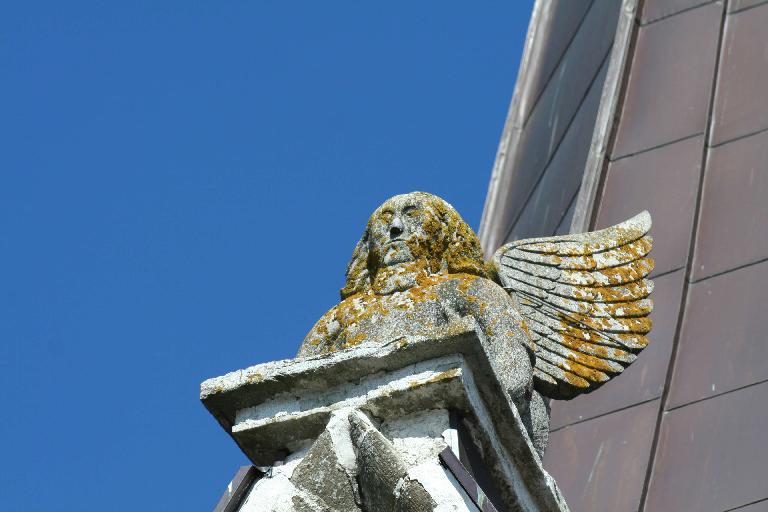
Keila ajajoon
Umbes 1000 aastat tagasi tekkis jõe paremale kaldale Keila küla.

1219
Taanlaste vallutusretk
Põhja-Eesti taanlased vallutasid Keila küla. Esimene kirjalik teade Keila (Keikŋl) kohta pärinebki taanlastelt, 1241.aasta Taani hindamisraamatust. XV-XVI sajandil oli kiriku juures asula paarikümne maja ja sajakonna elanikuga. Samal ajal rajati Liivi Ordu poolt jõesaarele (praegune Jõepark) ordulinnus, mille varemed avati arheoloogiliste kaevetöödega 1976. aastal.
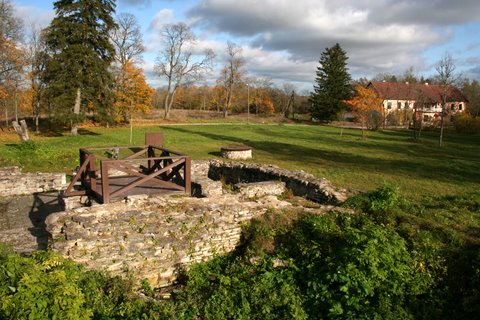
1558-83
Liivi sõda
Liivi sõja rüüsteretk, alev saab kannatada.

1601-1602
Näljahäda ja katk
Laastava näljahäda ja katku tagajärjel jäi Keila jäi kolmeks sajandiks vaikseks kirikukülaks.
1862
Martin Lutheri mälestussamba püstitamine
Elavnemine algas möödunud sajandi teisel poolel. Üheks esimeseks erutavaks kultuurisündmuseks sai rohkem kui kuue meetri kõrguse Martin Lutheri mälestussamba püstitamine kirikumõisa lähedale 1862. aastal. Sammas hävitati 1949.
1885
Esimene laulupidu
1885. aastal korraldati Keilas esimene laulupidu, kus osales 19 koori ja mille ühislaulmisi juhatas Kloogalt pärit Konstantin Türnpu.
1867
Vallakooli avamine
1867. aastal avati Keila lähedal Väljaotsa talus vallakool, mis tähistas pideva koolihariduse andmise algust.
1870
Avatakse Tallinn - Paldiki raudteeliin
Pöörde Keila arengusse tõi Tallinn-Paldiski raudtee rajamine 1870. aastal, mil järgemööda avasid oma ärisid kaupmehed ja ettevõtjad. 1896. aastal alustas tolleaegne mõisa omanik parun von Uexküll oma maast ehituskruntide müümist, seejärel ehitati mitmeid, tänapäeval muinsus-kaitselise väärtusega hooneid Jaama tänava piirkonda.
1905
Haapsalu raudteeharu
905. aastal valmis ka Haapsallu viiv raudteeharu. Sel ajal oli Keilas umbes 65 maja.
1925 - 30
Omavalitsus ja algkool
Keilast sai omavalitsusega alev 1925. aastal, elanike arvuga 950. 1930. aastal avati alevi ja valla ühisel ettevõtmisel Vabadussõja mälestusmärgina ehitatud uus algkoolihoone.
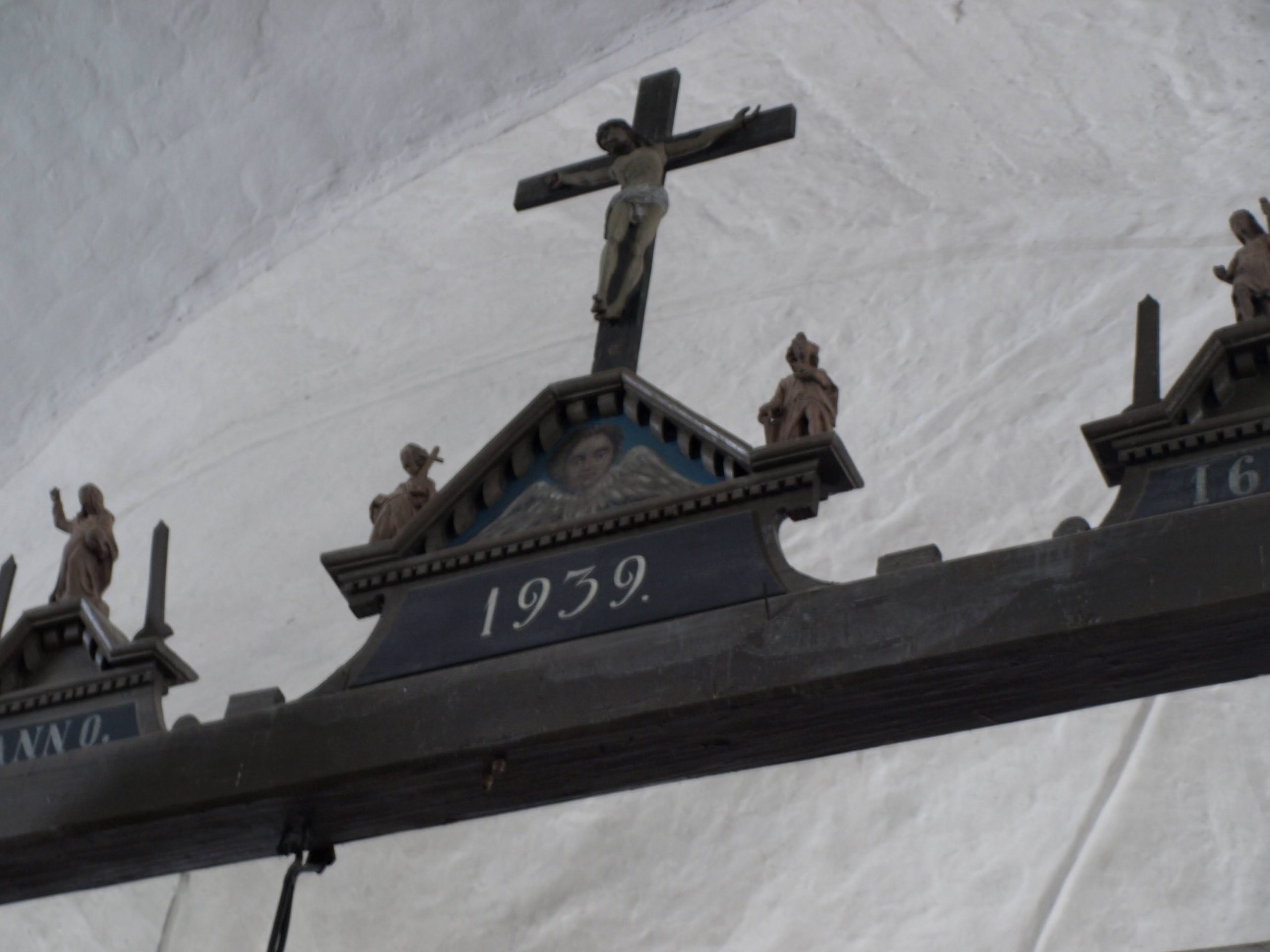
1938
Linnaks nimetamine
1.mail 1938. aastal nimetati Keila linnaseaduse alusel linnaks; linnapeaks sai endine alevivanem Johann Tähe. Keila oli siis väike, kena ja vaikne linn, mille rahu ei püsinud kaua, sest pärast nõukogude võimu kehtestamist, juuniküüditamist ja Teist Maailmasõda said nii linnaelanikud kui ka linn ise tugevalt kannatada.
1950-62
Keila rajoon
Aastatel 1950-62 oli Keila samanimelise rajooni keskus ja arenes sestpeale kiiresti. Arengut soodustas veel 1958. aastal loodud elektrirongiühendus Tallinnaga. Samal ajal alustas Keilas tegevust väike kooperatiivne ehitusorganisatsioon (praegune AS Harju KEK) - üks olulisemaid linna arengu mõjutajaid pärastsõjaaegsel perioodil.
1989
Linnavolikogu valimine
Esimene sõjajärgne linnavolikogu valiti 1989. aastal, linnapeaks sai Andres Pärt. Alates 4.septembrist 2012.a. on Keila linnapea Enno Fels. Keila on Eesti Linnade ja Valdade Liidu (algselt Linnade Liidu liige 1935.aastast) liige.
KEILA LINNA LIPUST
Keila lipp võeti kasutusele pärast Keilale linnaõiguse andmist 1938. aastal, kuid Nõukogude korra ajal lipu kasutamine katkes. Peale Eesti taasiseseisvumist võeti lipp 24. juulil 1992 uuesti kasutusele.
19.septembril 1938 arutas Keila Linnavolikogu „Linnawapi kavandite ja lipuwävide kindlaks määramise“ teemat.
Väljavõtteid koosoleku protokollist:
Koosolekut juhatas Johann Tähe. Tähe teatas, et „Linnade Liidult on saabunud kolm Keila linnawapi ja – ja üks Keila linnalipu kawand“ . … „Linnalipp on kollane, keskel horisontaalis üle lipu sinine joon. … Linnawolikogu leidis, et esitatud wapi kavand, kui ka lipu wärwid ei mitte vastuvõetavad Keila linnale, sest Keila linnal ei ole midagi ühist rukkilille ja õunapuuga, samuti pole sobiw lipuwärviks kollane.
Linnavolinik Arnold Väli teeb ettepaneku: wõtta Keila linnawapiks K.L. Keila Malewkonna vapi embleem, ärajättes sellelt sõjaväelised tunnused ja lipuvärviks sinine, keskel horisontaalis üle lipu walge joon. ….
Linnalipu värviks soovitakse wõtta sinine, rahu sümbolina, mida läbistaks walge joon õigluse ja puhtuse sümbolina.
Harju Maavanem leidis Siseministeeriumi Omavalitsuste Talituse kaudu Härra Vabariigi Presidendile kinnitamiseks 6.oktoobril 1938 saadetud teates, et Keila linnavolikogult vastuvõetud lipu ja vapi kavand on sobiv.
Keila linna lipp koosneb kahest sinisest ja ühest valgest laiust, kusjuures valge laid asetseb horisontaalselt siniste laidude vahel. Siniste laidude laius on 3/7 ja valge laiu laius 1/7 linnalipu laiusest. Linnalipu laiuse ja pikkuse suhe on 7:11 ning normaalsuurus 1050×1650 mm.
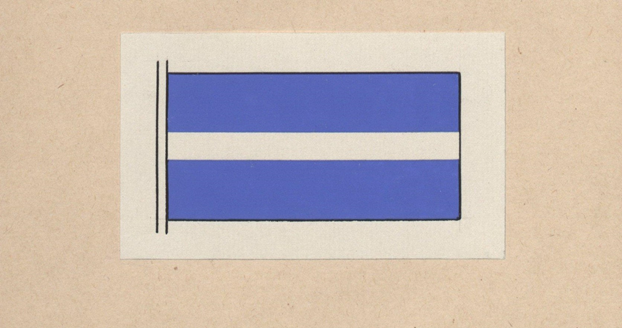
Tunneme uhkust Keila linna üle ja väljendame seda Keila linna lipu heiskamisega sobivatel juhtumitel!
Keila linna lippu on sobiv heisata linnale olulistel päevadel:
1.mai – 1938.aasta linnaseaduse kehtima hakkamise päev. Linnaseaduses nimetati Keilat esmakordselt linnana;
Keila Päev – traditsiooniliselt toimub Keila Päev mai viimasel laupäeval;
6.detsember, kui 1990.aastal kinnitati Keila linna omavalitsuslik staatus ning Keila linn astus omavalitsusliku haldusüksuse õigusesse;
Olulistel ülelinnaliste sündmuste päeval, nt Hoovilugude päev, kui linnavalitsus kutsub üles tähistama pidupäeva Keila linna lipu heiskamisega.
Rohkem tulemusi...
Keila Linnavalitsus
Keskväljak 11,
Keila 76608, Eesti
E, K, N: 8.00 – 16.30
T: 8.00 – 18.30
R: 8.00 – 14.00

